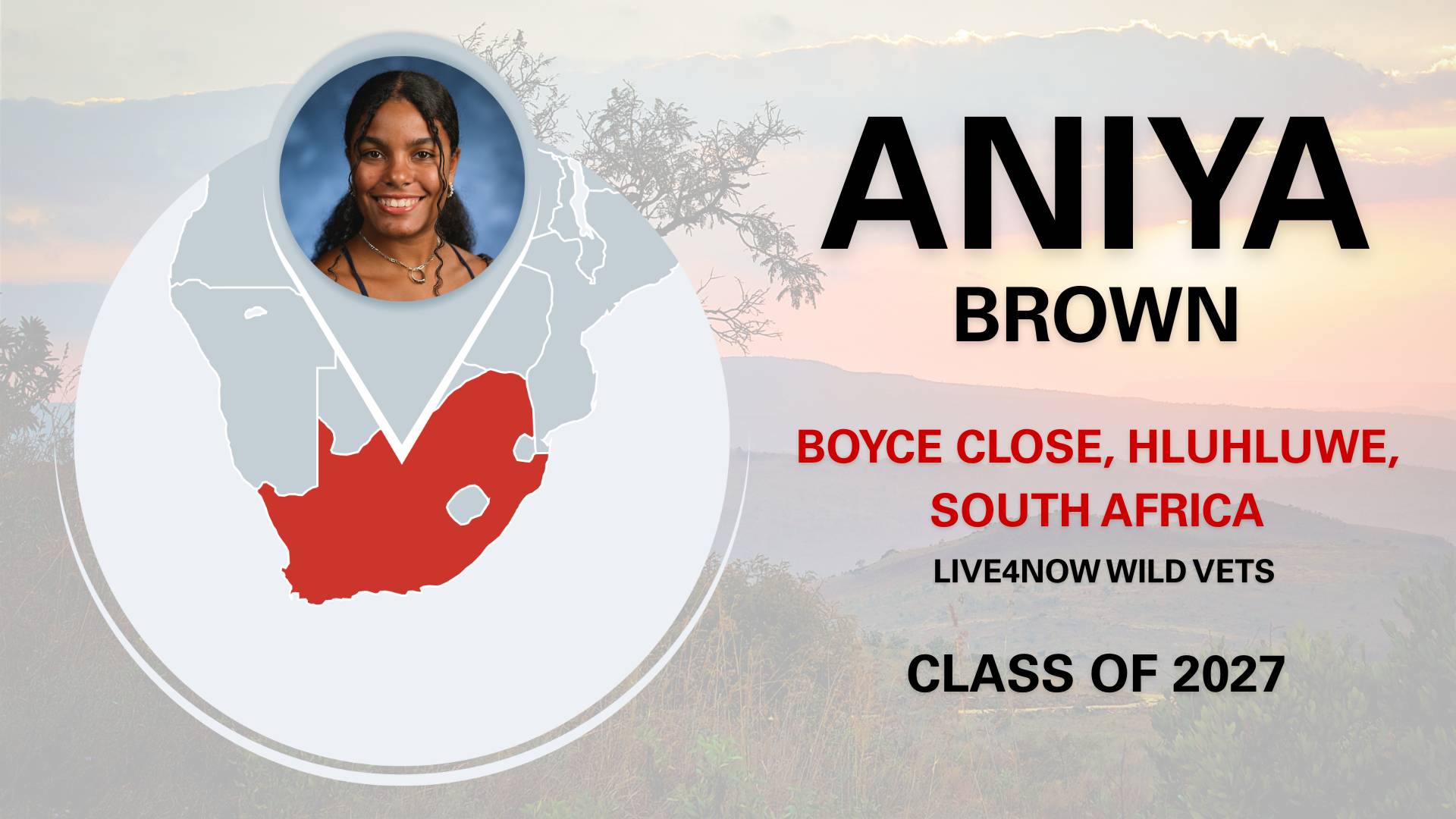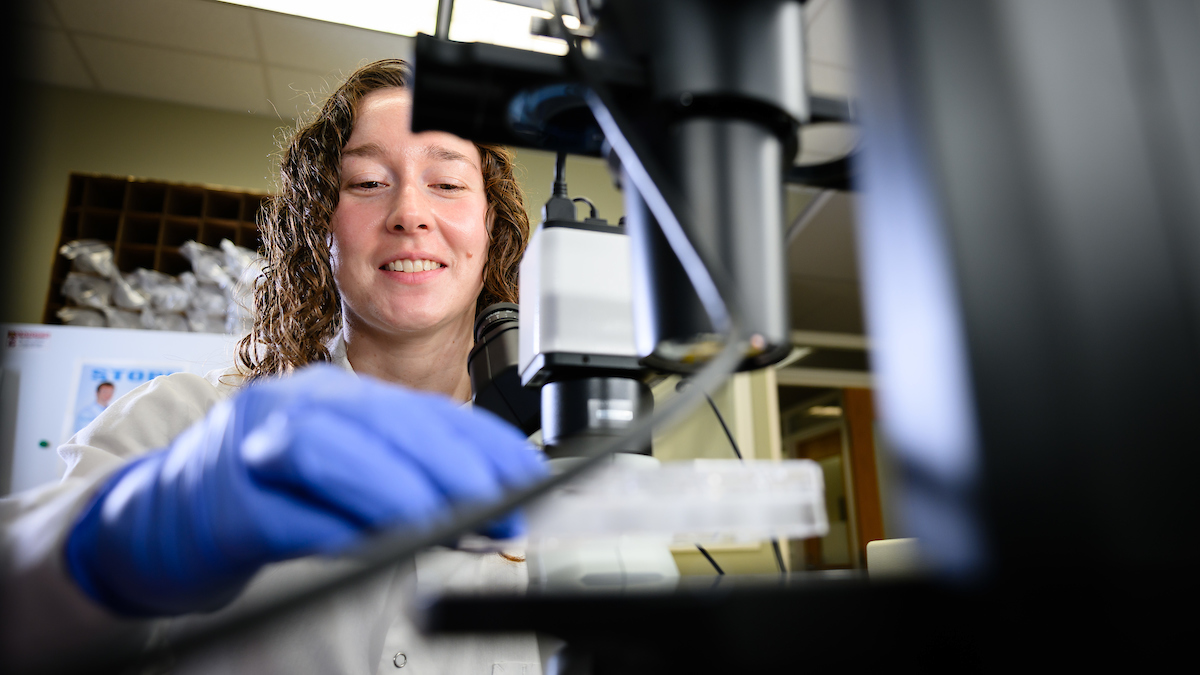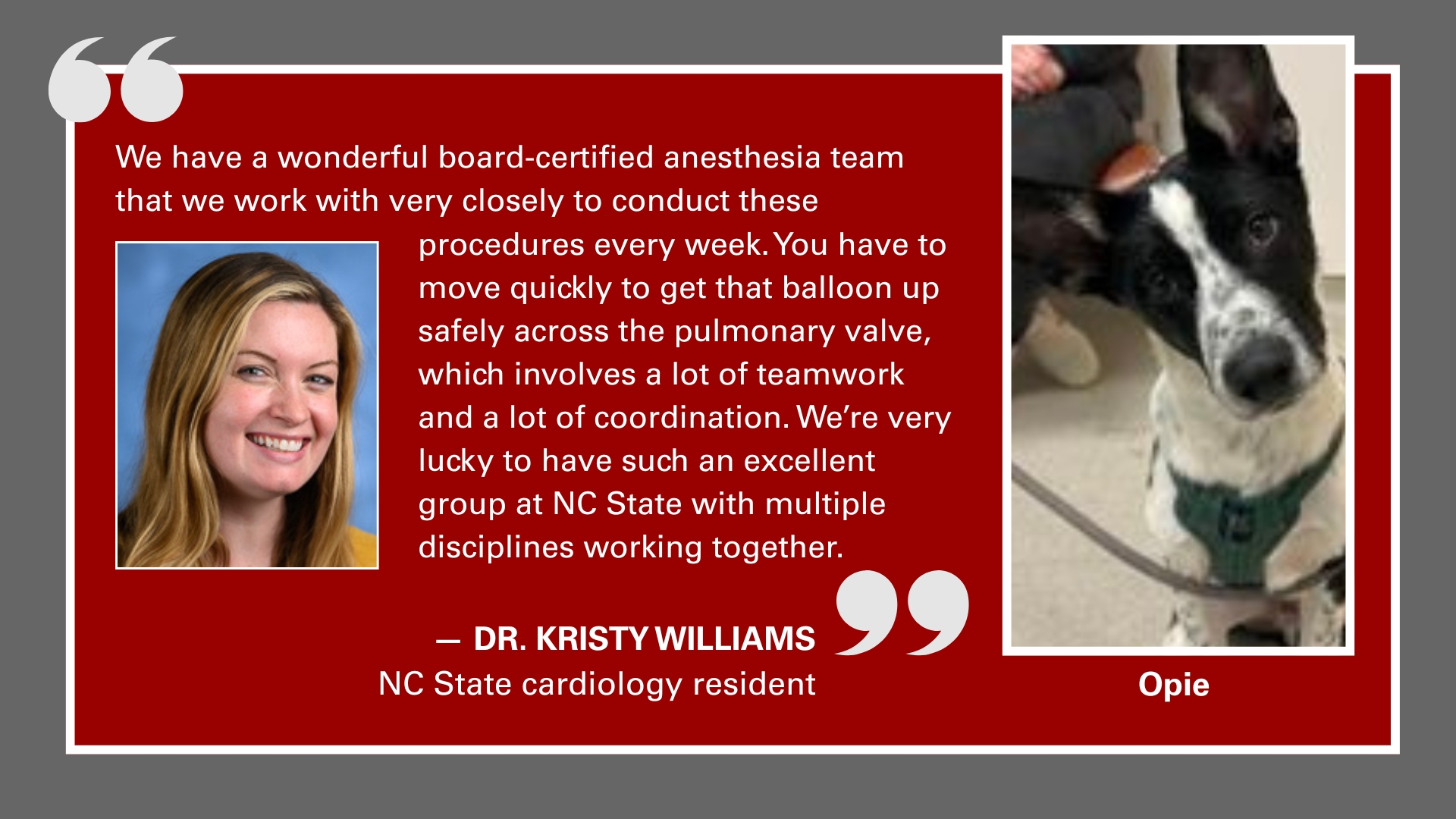DVM, Design Students Collaborate on Project Aimed at Advancing Veterinary Education
One of the several planning sub-groups from a large team of veterinary medicine and design students confer on the topographical features related to designing a Zoological Teaching Unit at the College of Veterinary Medicine.
What is being called an example of NC State University’s leadership in experiential education has provided the initial planning for a potential Zoological Teaching Unit. Caroline Barnhill in the College of Design explains how a group of DVM and graduate design students collaborated on this project.
The role of today’s veterinarian is much broader than what the public most commonly perceives. Veterinarians are involved in far more than examining Fido’s hurt paw or Fluffy’s lethargy. Today, more and more veterinarians are needed to treat a wide range of species, including not only domesticated species but more zoological species–from deer and wolves to turtles and fish.
With this change in the professional landscape, veterinary colleges across the country will be planning and determining how best to supplement their students’ educations in diagnosing and treating these additional types of patients. NC State’s College of Veterinary Medicine (CVM) and College of Design are tackling the problem by designing plans for a Zoological Teaching Animal Unit (ZTAU).
Within the ZTAU, veterinary students would be taught to provide proper preventative healthcare, capture, study, feed, maintain, care for, and even do clinical workups on animals not commonly seen in the traditional veterinary hospital clinic. It is meant to engage the student veterinarian in the importance of an animal’s environment to their overall well-being and health
“Though the entire idea behind a ZTAU is new, it is founded on CVM’s pioneering introduction of the concept of a teaching animal unit,” explains Dr. Michael Stoskopf, professor of wildlife and aquatic health. “If we succeed in creating this at NC State, it would transform the way zoological medicine is taught.”
But the plans for creating a ZTAU are more complicated than one might think. A range of species, each with different environmental needs, must be housed and maintained properly to provide the learning environment needed for effective teaching. And all of this – for NC State – must be accomplished with the available resources on the university’s Centennial Biomedical Campus. So how can you rehabilitate Timmy’s turtle in the same place as the injured deer a neighbor found caught in their backyard fence?
During the past year, researchers and graduate students in the CVM and the College of Design’s landscape architecture department have partnered together to create a blueprint for academic teaching facilities by examining the science of animal behavior, management, education, and the landscape habitat in which the animals are housed. Led by Fernando Magallanes, associate professor of landscape architecture, and Dr. Stoskopf, they assessed the existing CVM campus, the appropriate selection of landscapes suitable for ZTAU use, and the development of possible design options.
“The students from the College of Design said it was very enlightening for them to work with a ‘client’ (DVM students) and incorporate that clients’ needs, vision, and opinions into the final product. That is something they are going to have to encounter working in the real world. They won’t be designing within a bubble,” Dr. Magallanes says. “Conversely, the DVM students also mentioned how impactful it was to see how their professional knowledge could be layered onto design to create a better working environment.”
In May, a master plan for the campus was produced which explored the details for selecting and designing the landscape to fit various species of animals and their needs, while taking into account the needs of the veterinary students and instructors. It was presented to faculty from CVM and the university’s provost Dr. Warwick Arden for feedback and analysis.
Going forward, the two colleges are going to continue to partner together to further refine specific details and strategize how the ZTAU could be implemented.
“The next round might include figuring out how the turtle rehabilitation habitat could be created, or how we could develop a specific habitat for recovering avian species,” Dr. Magallanes says. “The plans can take a long time, but we think the end-result will be something that is modeled across the world in similar situations or institutions.” — Caroline Barnhill
[section_subtitle] Participating CVM students [/section_subtitle]
Kate Archibald, Carolyn Collier, Calle Jones, Joe Malatos, Michelle Schisa, Bethany Walters, Lori Westmoreland, Anna Wepprich.


